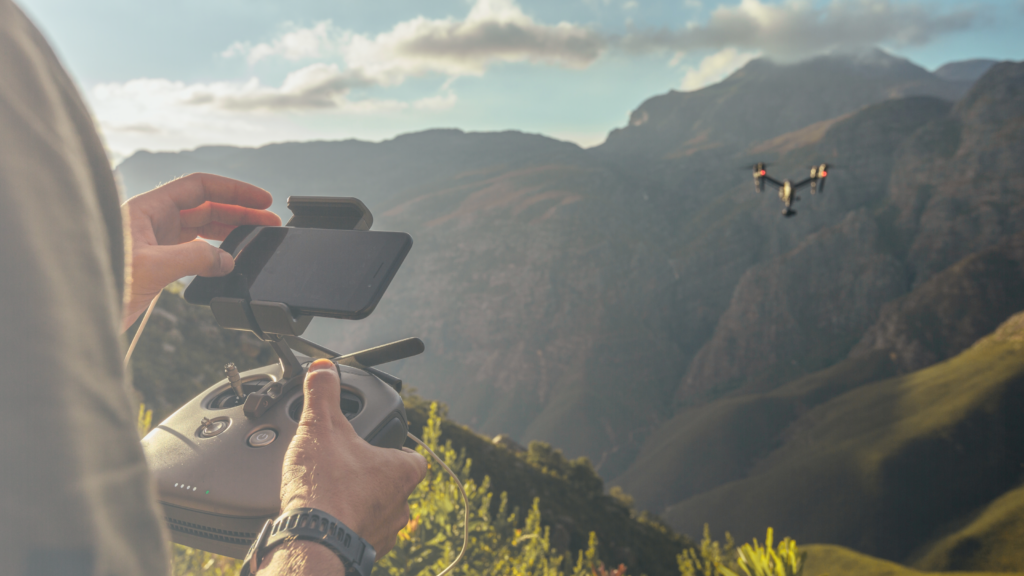Amsterdam Drone Week: Exploring the Latest Advancements in the Drone Industry

Amsterdam Drone Week 2023 brought together drone enthusiasts, experts, and businesses from around the world to explore the latest advancements in drone technology. The event, held at the RAI Amsterdam Convention Centre, featured a range of exciting demonstrations, informative sessions, and valuable networking opportunities. Here are some of the highlights from the event, offering insights into the […]
8 Ways UAVs Will Change Transport and Travel

Drones are an integral part of the defense and supply-chain industry. However, their prowess and versatility extend beyond these sectors. As the demand for UAVs continues to increase, the drone market is now estimated to be valued at over 127 billion dollars. These uncrewed aircraft can potentially develop numerous sectors, including transport and travel, exponentially. […]